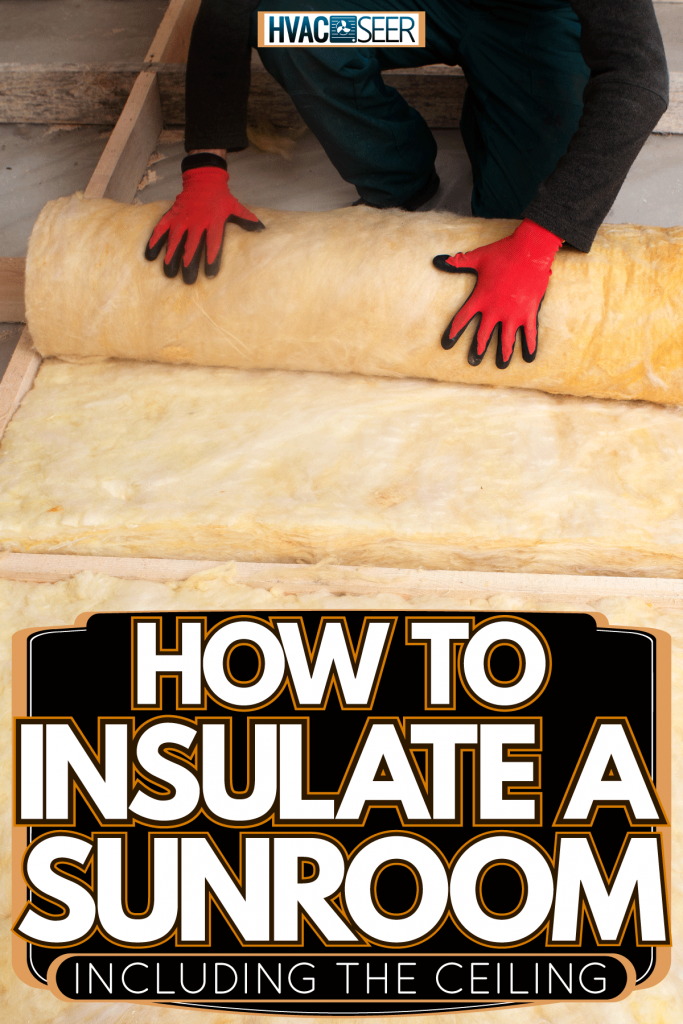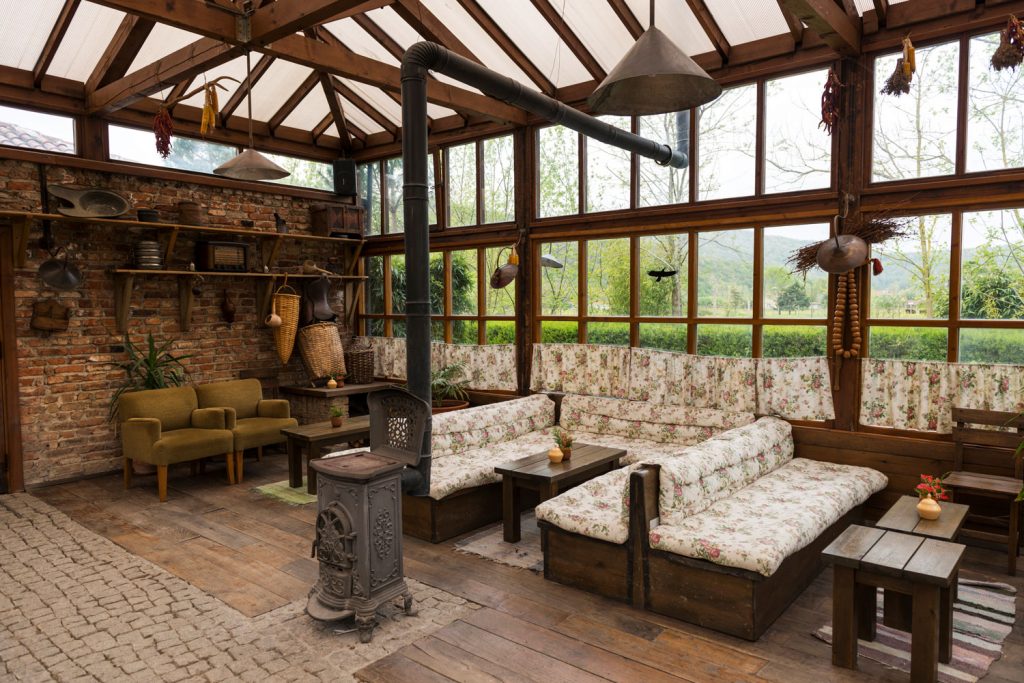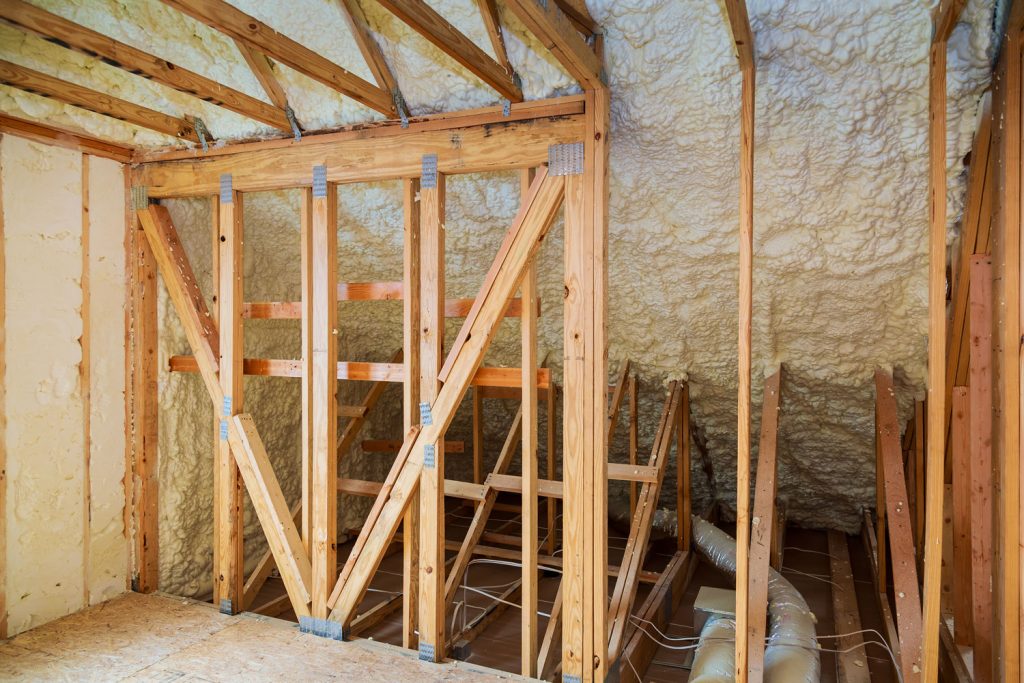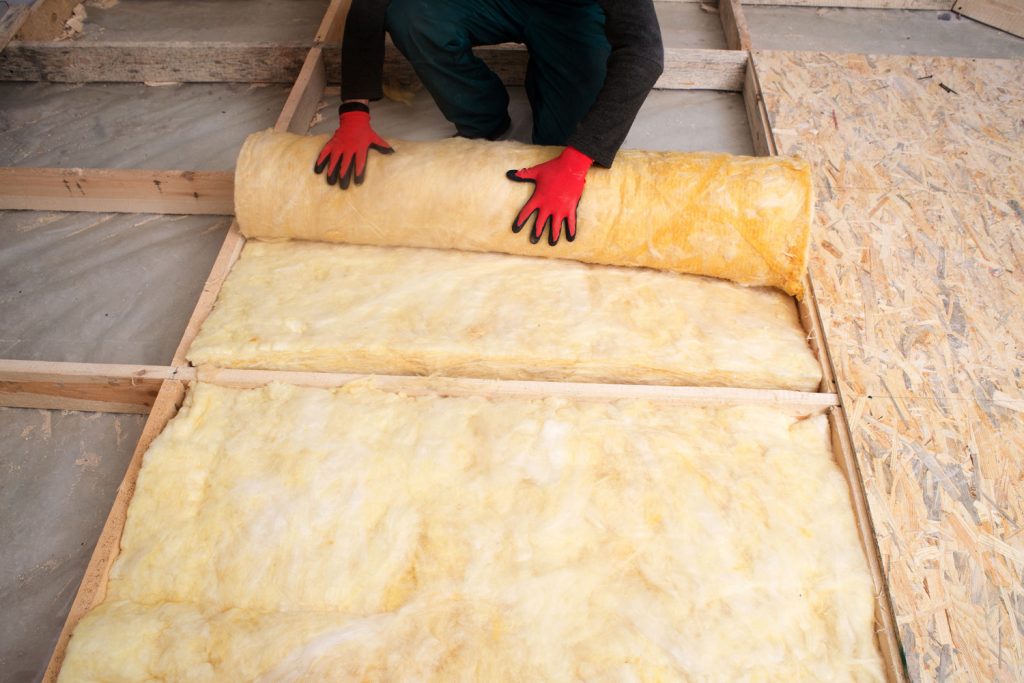Your sunroom is a place you would want to enjoy all year round. But, how do you insulate it to keep the cold air out during winter and warm air in during summer? We have consulted with the experts, and they provide the following information that will guide you on what to do.
For your family to enjoy the sunroom in both winter and summer, you need to insulate these three sections of your sunroom:
- The glass walls
- The ceiling
- The floor
Continue reading to know the different insulation methods to use, the benefits, and the costs involved.

Methods to Insulate Your Sunroom
A sunroom is a room that allows abundant daylight it uses glass. It provides a good view outside while sheltering from the weather. Many homeowners make good use of this space during summer and avoid it during the winter.

If you want to maintain a good temperature in the sunroom despite the weather outside, insulation is the solution because you will not feel the sweltering heat in summer or the chills in winter.
To fully barricade your sunroom from the outside temperature, you will have to insulate the glass walls, ceiling, and floor.
Insulating The Glass Walls
A sunroom has single-pane glass walls, so it will be impossible to insulate using the traditional methods. Your best bet includes the following:
Weatherstripping
This method provides an air-tight seal in your windows. It stops the warm air from escaping and keeps cold air out.
If you just constructed a new sunroom, it would be an excellent idea to weatherstrip the windows. For an existing sunroom, check initially if the windows are in good condition. Then repair where necessary.
Afterward, check where the weatherstripping is coming off or worn out, and replace it. Apply the weatherstrip properly by pushing it down firmly, so that it completely seals all the gaps between the frame and window.
To provide insulation throughout the year, replace the weatherstrip as soon as you notice some wear and tear.
Check out this weatherstripping rubber seal on Amazon.
Fiberglass

One of the best ways of insulating your windows is to use fiberglass insulation sheets. It closes the gaps between your window and frame to stop air drafts from passing through.
The fiber is made from plastic, strengthened by adding glass fibers to provide a product with a high capacity to insulate.
Insulating your windows with fiberglass is a project you can handle by yourself. However, it may be a good idea to allow a professional to do it for you.
Think about removing the frame to install the fiberglass, making the project a little complex. And, if not installed properly, pockets of air will form, which could lead to air leaking out.
Furthermore, if you are not careful enough, the glass particles can find their way into your skin, or cause respiratory problems if inhaled.
Have a look at this fiberglass insulation on Amazon.
Tint
Window tinting is a great way to allow solar energy into your sunroom without allowing any heat to escape. It will not obscure your view that much, but it helps you maintain your privacy, especially if you have neighbors nearby.
With many types of tinting available, and for best insulation results, consult with a professional who will advise you on the most suitable tinting for your sunroom.
Click here to see this window tint on Amazon.
Insulated Curtains
Click here to see these insulated curtains on Amazon.
You could hang heavy drapes or insulated curtains. When you open them during the day, solar heat radiates inside your sunroom and traps warm air when closed at night.
Insulating The Ceiling
The type of insulation to install in your ceiling will depend on the design of the roof you have in your sunroom. Some are all glass, while others are fully covered using different materials, such as corrugated sheets, tin, or wood.
Let us go through some of the methods you can use to insulate your ceiling, and then decide the best fit for your sunroom:
Ceiling Blinds
Blinds are great for keeping out the harmful sun rays and preventing heat loss in winter. Below are two excellent examples:
Ceiling Roller Blinds
These are available in an array of colors and patterns. You can mount them on rafter beams, joists, or studs of the ceiling. To select a suitable blind, consider its functionality.
To block out the sun, choose one with a black coating, and to prevent the cold air from penetrating the room, pick blinds inherent with thermal properties.
Being high up in the ceiling, opt to control them automatically by installing a switch on the wall, using your smartphone, or Google Home. Thus, you can open or close them, depending on how much light you need.
Honeycomb Blinds
These too are available in various colors and patterns and can be used to insulate glass roofs. As the name implies, these blinds either have single, double, or sometimes triple cell layers that look like a honeycomb when viewed from the sides.
The air in the cells prevents heat loss during winter and keeps out the sun’s heat during summer.
Rigid Foam

You can install this type of insulation between the rafters in the ceiling. When installed properly, they can seal the gaps to close the air leaks, thus retaining heat in the sunroom or keeping out the cold air.
They have a high R-value between 3 and 5, providing high resistance to heat flow. Hence, the heat is retained, keeping the sunroom warm.
Spray Foam
Any gaps in the ceiling are effectively closed using spray foam made from a plastic called polyurethane. It creates good resistance to heat, providing a perfect solution for insulating your sunroom.
You can do this as a DIY job, but since installing the spray foam can be too messy, it may be best to leave it to the professionals.
Mineral Wool
Mineral Wool comes from slag and stone heated in a furnace to a molten state. It is then spun while cooling to form fibers that are long and thin. These fibers are densely packed to create a layer of wool.
It has excellent resistance to heat, making it a wise choice to insulate the ceiling of your sunroom, to keep it warm in winter or cool in summer.
Insulating The Floor

You still cannot enjoy your sunroom to the fullest without insulating the floor. Various floor types constructed in a sunroom include concrete, hardwood, laminate, carpet, and stone.
The insulation you will install depends on the material used to construct the floor. Let’s look at one:
How To Insulate A Hardwood Sunroom Floor
If your floor is not in the worst shape, you can start with minor insulation repairs such as closing the gaps between the floor or skirting boards by pushing them together or filling in the gaps with wood filler.
Also, you can remove the floorboards and add the insulation material. The procedure, however, should be done carefully as it is a complex job and could cause damage to joists or sleeper walls.
Quilt, foil-faced foam, or wood fiber insulation can be filled in the spaces between the joists and then relayed back to the floor.
You can use the same materials to insulate the underside of the floor if you have access through a basement or cellar. This method is a better option since you only have to add the insulation without interfering with the flooring.
Are There Benefits in Insulating Your Sun Room?
There are several advantages to insulating your sunroom, but the three main ones include:
Energy Bill Reduced
Insulation always helps reduce the energy bill significantly because conditioning appliances such as the HVAC system do not have to work extra hard to maintain cool or warm temperatures.
Extended Use Of Your Sunroom
You will not only use your sunroom in the summer, but you will enjoy it even in the cold months. Continue having fun all year round doing what you love in your sunroom.
Soundproof Area
Insulation acts as a barrier to sound, reducing noise penetration, especially if you live in a busy neighborhood.
Is It Costly To Insulate Your Sunroom?
The cost of insulating a single sunroom space is between $500 and $1,500, though it depends on the type of material used and the labor cost.
A sunroom needs to be insulated not only on the walls but the ceiling and floor as well. Draw out a budget with a professional to estimate the costs to avoid a job stalling midway.
In Closing

You can enjoy your sunroom not only in summer but also during winter by insulating it. To successfully achieve this, insulate the ceiling, glass walls, and floor.
You can complete some insulation jobs yourself. However, you need to hire a professional if you are not up to the task.
Other than using your sunroom all year round, you can also benefit by saving your energy bills and soundproofing the room.
Read these previous posts to discover the standard sizes in mineral wool and find out if you can blow it in:




